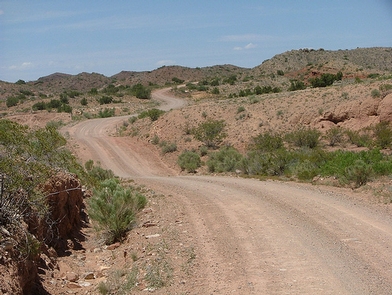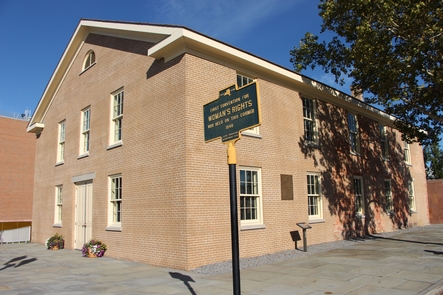Directions
The office is located three miles south of Litchfield, Minnesota, on 615th Avenue. If arriving from the north, east, or west, turn south on Highway 22 where it intersects with US Highway 12 in downtown Litchfield. Proceed south one and one-half miles to Lake Ripley Drive. Turn right. Bear left in 0.2 miles as Lake Ripley drive joins 615th Avenue. The district office is located 2.1 miles south on 615th Avenue and is marked with entrance signs. If arriving from the South on Highway 22 turn left (west) onto Meeker County 28. Meeker County 28 is located 8.1 miles north of the intersection of MN Highway 7 and MN Highway 22. After turning west on Meeker County 28, proceed 0.9 miles to the intersection with 615th Avenue. Turn right unto 615th Avenue and travel north 0.8 miles to the Refuge entrance.
Phone
320-693-2849
Activities
BOATING, INTERPRETIVE PROGRAMS, FISHING, HIKING, HUNTING, WILDLIFE VIEWING, ENVIRONMENTAL EDUCATION, PHOTOGRAPHY
Camping Reservations
Reserve your campsite at these camping areas:
Hiking Trails
Looking for nice hiking areas to take a hike? Choose from these scenic hiking trails:
Related Link(s)
More Minnesota Recreation Areas
Litchfield Wetland Management District
Litchfield Wetland Management District is located on the eastern edge of the Prairie Pothole Region in central Minnesota. Here, just a little south of the famous mythological Lake Wobegone where “all the women are strong, all the men are good looking, and all the children are above average,” more than 33,000 acres of Service-owned land and 8,000 acres of wetland easements provide outstanding marsh, prairie, transition, and woodland habitats. District lands are located on over 150 waterfowl production areas (WPAs) scattered throughout seven counties. These WPAs vary greatly in size and vegetation and provide habitat for numerous plant and animal species.





